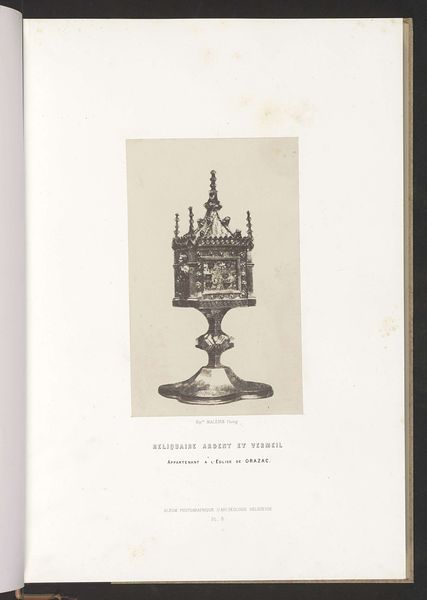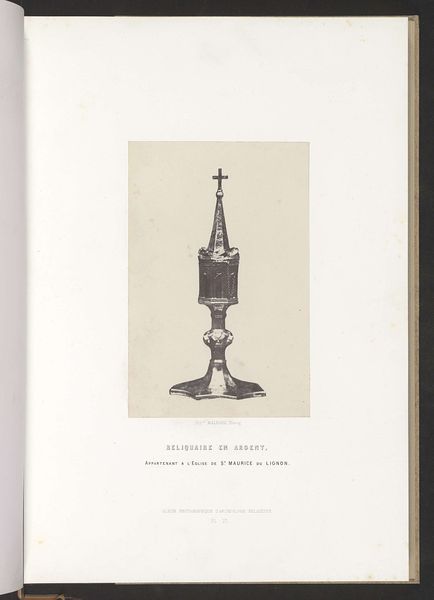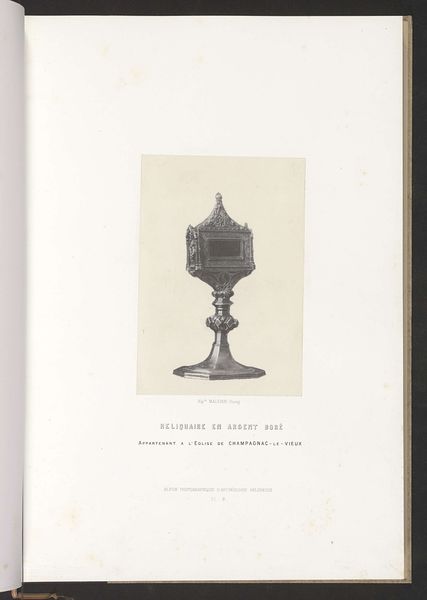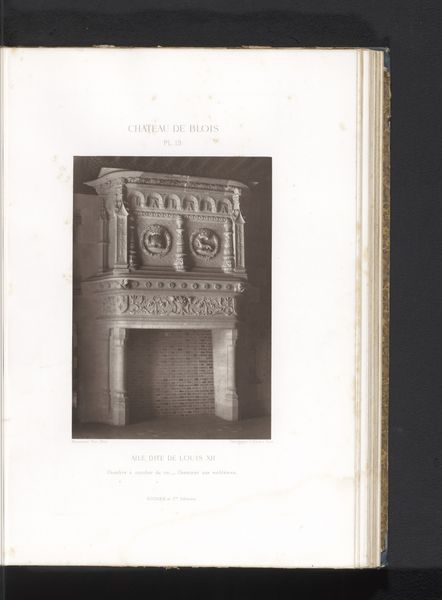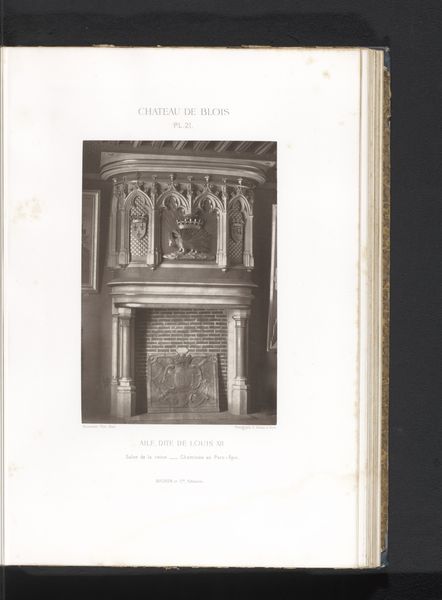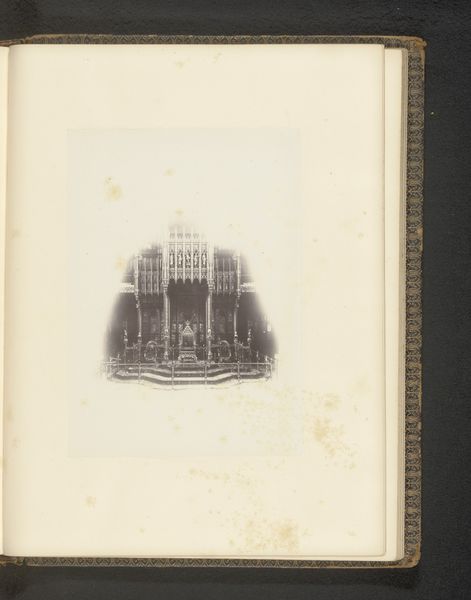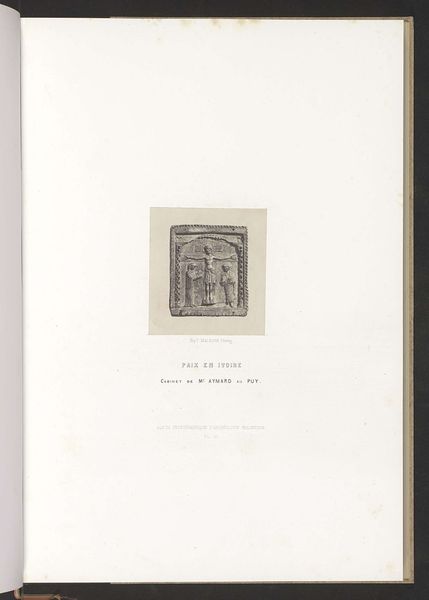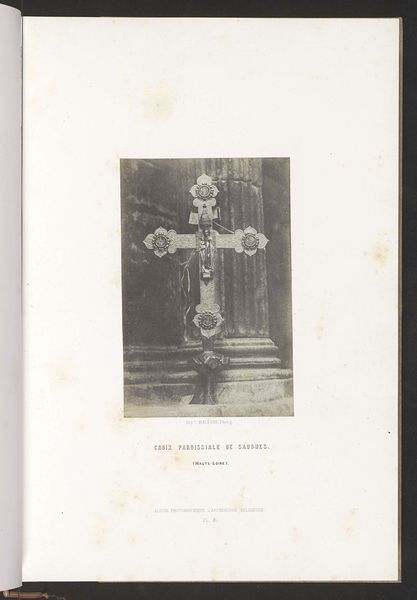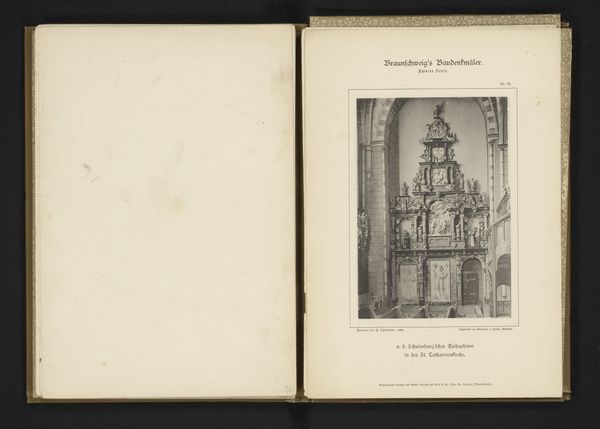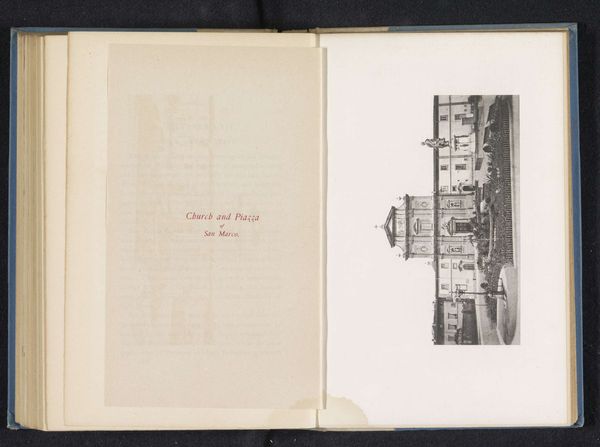
Zilveren reliekhouder afkomstig uit de kathedraal van Le Puy-en-Velay before 1857
0:00
0:00
photography, gelatin-silver-print
#
byzantine-art
#
medieval
#
photography
#
gelatin-silver-print
Dimensions: height 178 mm, width 123 mm
Copyright: Rijks Museum: Open Domain
Here is a photograph of a silver reliquary from the Le Puy-en-Velay cathedral, captured by Hippolyte Malègue. The reliquary resembles a miniature architectural structure, adorned with spires and intricate details, embodying the sacred space it represents. This design echoes the medieval cathedrals, meant to inspire awe and devotion. Consider the architectural reliquaries of the Gothic era, such as the Sainte-Chapelle in Paris, which mirrors the reliquary's aspiration to house the divine, transforming the container into a sacred microcosm. This impulse transcends time, appearing in various forms across cultures. The act of enshrining relics speaks to a deep-seated human need to connect with the past and the divine. We find a similar impulse in ancient Egyptian sarcophagi and reliquaries, decorated with spells and prayers that mirror the Gothic architecture. They both serve as a vessel of cultural memory and a powerful conduit for emotional connection. The image acts as a visual memory, embodying the cyclical nature of symbols that are continually reshaped.
Comments
No comments
Be the first to comment and join the conversation on the ultimate creative platform.
